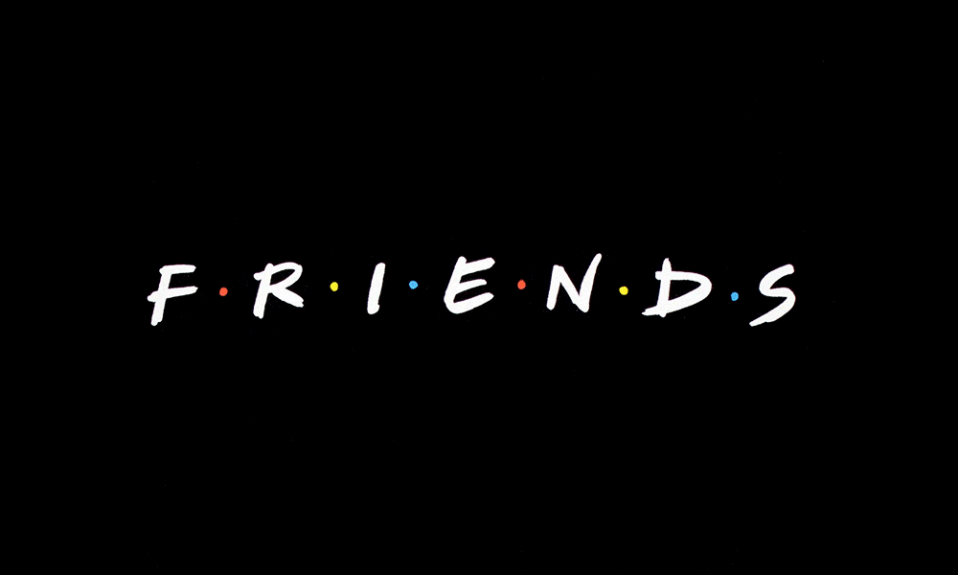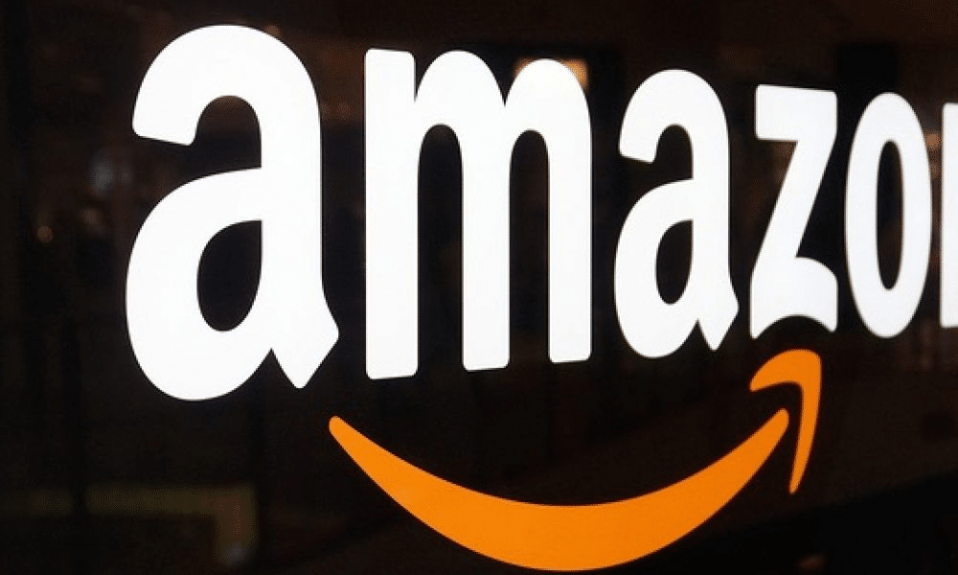Among all types of design, logo design holds a special place and inevitably comes with a lot of myths and speculations. Everyone seems to have a theory about what spoils a good logo, but none of them are close to the truth.
Create your own logo with Turbologo logo maker. It takes less than 5 minutes and no design skills needed.
Go to Logo MakerIn this article, let’s break down the main endless myths about logo design that you should be aware of and avoid when designing an effective logo in any field.
Table of Contents
Myth 1: Logo design should show the scope of the business

If a flag can’t tell you much about the country it represents, why should a logo tell you anything about the company? This misconception that a logo should show the scope of the business are among common logo design myths.
A logo is not a storytelling tool, but a form of identification. Countries have flags, royal families have their coats of arms, and companies have their logos. They all abide by the same important aspect – to identify and distinguish their owners from everyone else in the business area. Nothing more or less.
When a graphic designer works to tell a story about a company solely through a logo and show what they do, he will inevitably fail – there just isn’t enough space or the right way to portray it all. It’s like asking a CD cover to sing you a song… it doesn’t work that way.
A good logo design is a succinct expression of a company’s identity – distinctive marks that evoke associations. The value of a logo reflects not only the creative process of designing it, but also strategic thinking.
Its purpose is to achieve success in brand recognition and to be a source of pride for the owners of goods bearing its image. Very few designers dare to make abstract logo designs for new brands. Such a decision might be ineffective in attracting a target audience.
Myth 2: There must be a hidden meaning or symbol in a logo

Another one of the common myths about logos. Common features of famous logos have no symbols or secret meanings at all, only the original fonts.
However, this does not mean that logos should not contain symbols at all. Sometimes a symbol can become more memorable and common in the target market than the company name itself, as in the case of Apple, Nike or Pepsi. When the resulting symbol skillfully embodies corporate values, that’s the ultimate feat for a professional designer.
Other times, it is just eye candy, an unnecessary embellishment that doesn’t add value or meaning to business marketing – like the translucent blue square in the late GAP logo.
A symbol should be added if the customer feels the branding should have a hidden meaning for a “twist”. If not, it is better to consider textual solutions and start a marketing campaign with them. Also, don’t borrow symbols from other star designs, otherwise you’re violating someone’s copyright.
Myth 3: If the logo is good, you can only show its symbol

Repetition is a learning tool so powerful that you can recognize a pebble on the beach if you look at it every day for years. But to make it work for great logo design, you have to invest millions in advertising and promotion.
That’s why it’s important to realize that most famous logos of Nike and Apple iPhone don’t have magical powers – they’re just other symbols repeated so many times in mainstream media that it becomes simply impossible not to associate them with those companies.
Unfortunately, most companies have limited advertising budgets. This is why they should never succumb to such logo design myths and use their symbols without a company name: no matter how good the logo symbol is. Otherwise, customers won’t understand what kind of company it is and won’t recognize its field of activity.
Myth 4: The logo should be consistent with a common industry style

Many coffee shops with their logos evoke a certain sense of predictability and boredom. There, it’s often just a cup of coffee and beans with no advanced graphics. A more imaginative graphic designer will add a tropical animal for a close association.
Many other businesses also have unwritten rules and expectations about what a generic logo is sure to show, and many are guilty of following these rules from time to time. The reason for the lack of practicality, despite the visual appeal to customers, is because of this.
For start-up companies, there is nothing worse than having a logo that looks completely uninventive and bland. Avoid dogma that tells you what the best logo should look like.
That’s exactly what Starbucks coffee shop and tech company Apple once did. Very few brands felt that the value of a logo was not just a matter of branding aesthetics, but also a kind of challenge to old routines. Thanks to this, all customers know that Starbucks sells coffee and Apple sells smartphones.
Myth 5: A logo should be “timeless”

You can’t create a timeless logo without knowing the trends of the future. Like everything else, logos get old. Look around at how often graphic designers have to commit “plastic surgery” to make brand logo look less outdated and more in line with current trends.
Famous brands like Shell, Xerox, Volkswagen, and Coca-Cola have changed their logo designs nearly a dozen times, improving the look of their design with each iteration, especially on social media. Even McDonald’s logo has been changed several times and served as the best example of a successful business identity evolution.
So don’t worry about creating a timeless logo. Create a perfect logo that shoots now, and you’ll have plenty of time to improve it later.
Myth 6: A logo design has to appeal to everyone

The point of creating a logo is not just to attract attention, but to create a unique connection that will be associated with the qualities of the company. Whether or not people like or dislike a logo design has nothing to do with what they think of the companies and organizations that own those logos.
- Every bottle of Bacardi rum has clip art like ugly black bat on it, but everyone knows it’s one of the best rums created in the world.
- Google logo is a tribute to simple Photoshop effects, yet everyone thinks it is the best search engine in the whole world.
The list goes on for a long time.
Customers aren’t particularly picky about logo designs, they don’t care how complex everyone else’s logo is – they care about what companies can or can’t do for them. So, while a logo does need to combine style and the basic principles of good design, you don’t need the approval of a large number of people before you put it out there.
Conclusion
These are some of the top logo design myths that you should be aware of before you create yours or make an order for a logo designer. Most importantly, think of it as an investment and not an extra expense. Saving on the essential elements of branding is unacceptable.
I’m a product and graphic designer with 10-years background. Writing about branding, logo creation and business.









